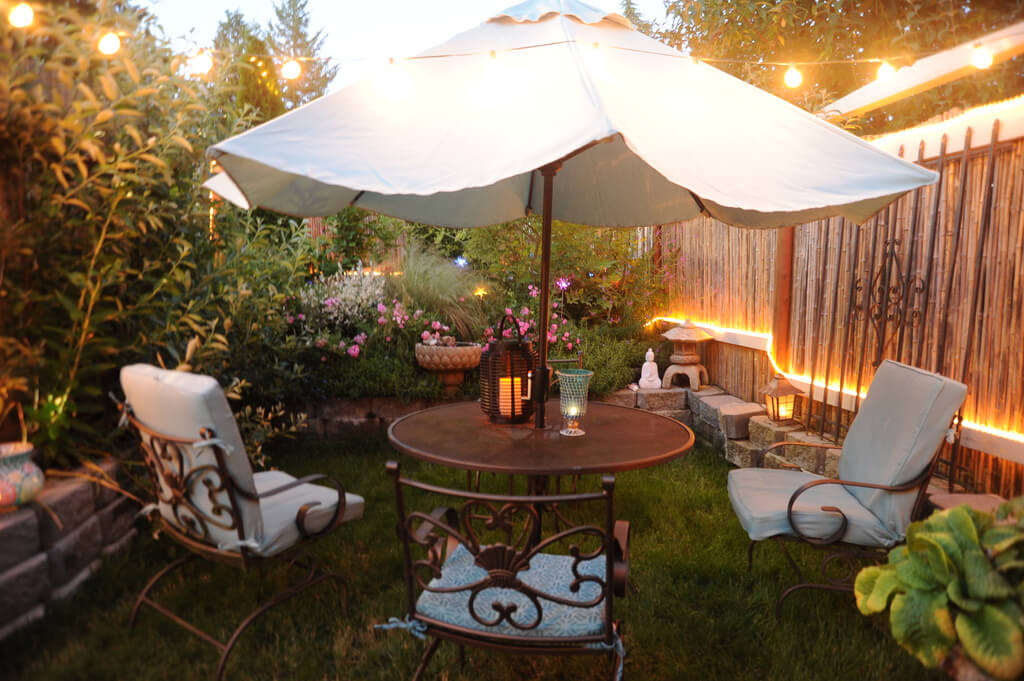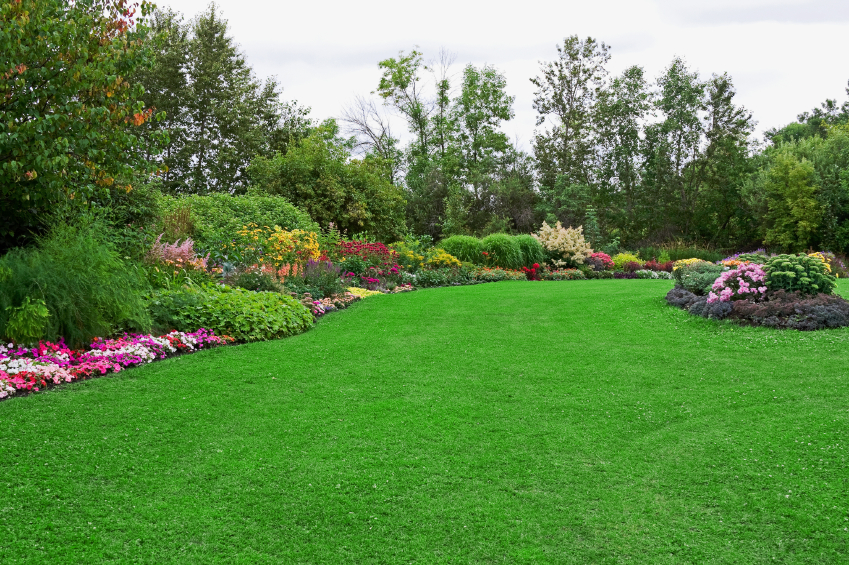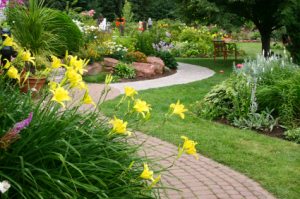
The Power of Landscape: How to Beat the Blahs of Your Outdoor Space
When it comes to designing a home, landscape seems to be the most overlooked. We focus on picking pretty colors and finding the perfect set of throw pillows, area rugs and accessories to pull together a room. But as Barbara Kingslover puts it, “it’s surprising how much of memory is built around things unnoticed at the time.” And in the home improvement busyness of deciding which furnishings or artwork would turn our homes from blah to fab, we seldom take time to design our outdoor spaces.
But guess what? Landscaping project activities focus on the outdoors meaning no construction debris or having to use just basement bathroom. So why not give your front or back yard a little extra love? By creating an aesthetically appealing and smart landscape, you’ll not only increase your home’s value, but will also provide your loved ones with recreation, privacy, and pleasure.
If you aren’t confident enough of your skills as a planner and depending on the scope of work, you should consider hiring a professional Naperville landscaping firm. Licensed landscapers are well-versed in different plants and techniques to craft a scheme that balances relaxation with ease. But if you have interest in running the project yourself, why not give it a shot? With the right strategy and knowing what you love you can easily give your yard a luxe lift and make each day a bit richer.
Picking Green Life
Choosing greenery requires research and finding out which trees, shrubs, and flowers are ideal for your garden. For example, if your outdoor space isn’t bathing in sunlight, it’s best to pick shade-loving plants. Trilliums, hellebores and gardenias are lovely plants that can thrive in the shade. Planting a flower bed of the same plant or the mixture of different species (shape and color) will create a colorful focal point that grabs attention. It will also highlight your home’s exterior architecture.
Mix Informal Flowers with Formal Hardscape
Aside from green life, your yard will need some hardscape. Although often easy to foretell (suburbs like Naperville are practically bursting with concrete), it does make the space functional. If concrete is too boring for you, mix things up. Naperville landscaping pros recommend installing strips of brick will soften the contemporary style of concrete and add interest to your little patch of paradise. If you prefer something gentle and on the softer side, consider gravel or mulch for your path. Hardscape has the power to add personality to an outdoor area and finish its look, so make sure to select the one that will complement both your landscape and your house.
Add Texture with Pebbles for a Rocking Landscape
Pebbles in the garden lend texture and interest to the space and can create calm soothing look and feel. When used en masse, they add an element of surprise and create a striking stage for your landscape. They meld beautifully with both contemporary, formal concrete hardscape and relaxed greenery. Because of their ability to compliment any garden style, pebbles are great for adding a wow factor to your outdoor space.
The Most Common Landscaping Mistake
When it comes to choosing elements for their landscape design, most newbies tend to buy too many and thus create chaos instead of consistency and harmony. In order to avoid making this common mistake, keep in mind that repeating specific hues, textures and forms is crucial. If all of this intimidates you or you don’t have the time to develop and execute a nice landscape design plan, you can always hire a Naperville landscaping company and let professionals get the job done for you.



